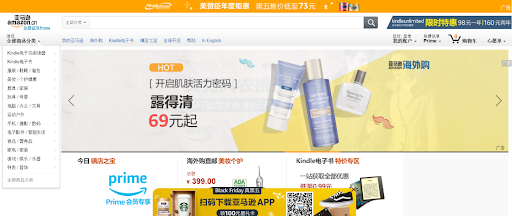E-commerce is an integral part of everyone’s life as each of us is well aware of the advantages of online shopping. Due to this pandemic in 2020, massive growth has been witnessed in eCommerce sales.
Besides this rapid shift in online shopping, it is also found that mobile and digital media consumption has also increased massively.
The e-retail sales in 2019 were $3.53 trillion, which is expected to grow to $6.54 billion by 2022-23.
Measuring the increase in online business, most of the retailers are moving towards this growing industry.
So, it is important for each business to know about the value of eCommerce and the top trends that need to be looked for in 2021.
Let’s have a look at eCommerce trends in this year that are set to outline the marketplace –
The Rise in Voice Commerce

Whether it is searching or buying a product from an online shop, most people are increasingly using voice assistant devices.
Devices like Alexa and Google Assistant are helping people to make their tasks easy and smart by voice search, every retailer needs to use this technology. So start optimizing your store for voice search as more than 70% of U.S. households will have their smart speakers by 2024-25.
Never miss an update from us. Join 10,000+ marketers and leaders.
Once you optimize your store with Voice Search, it will fulfill consumer’s demands and you can provide them ease and convenience of shopping.
You will be stunned if we say, “It is expected that the Voice eCommerce is to reach $40 billion in revenue by the end of 2022”.
Omni Channel Selling – A New Normal
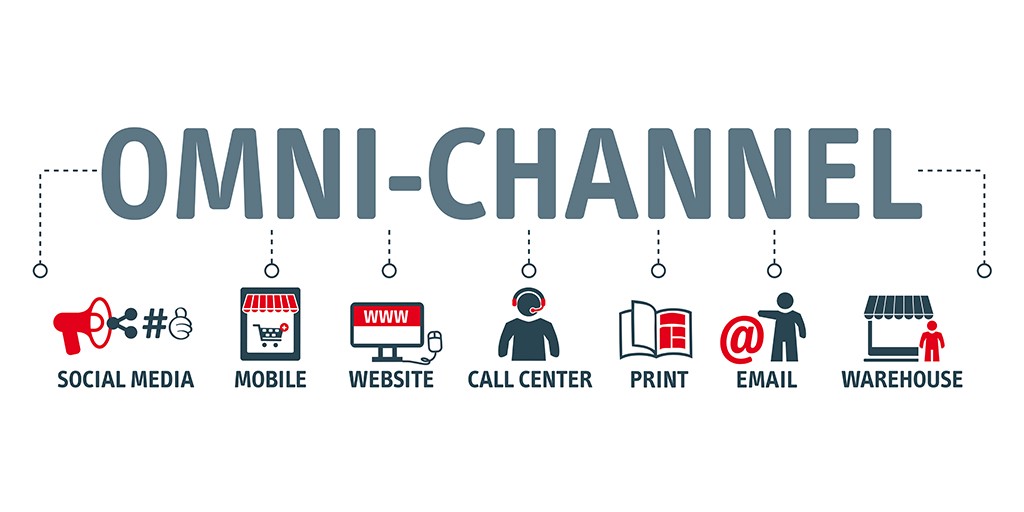
In response to a survey by Harvard Business Review, it is found that people are using multiple channels during their online shopping on various platforms. It is expected that the rate of omnichannel customers will rise in 2021 as well.
Many businesses are already aware of the customer’s behavior of using multiple channels like mobiles, tablets, desktops, etc.
To benefit your online business through Omnichannel selling, you need to optimize your website to use it on mobile phones. It will help you to boost your sales.
You can also create a mobile application or a PWA (Progressive web app) to offer a seamless Omnichannel experience to your customers.
Give the option to your customers to purchase the products in various ways like – Buy online, pick up in-store, choose home delivery, get doorstep delivery, etc.
Global Consumer Base
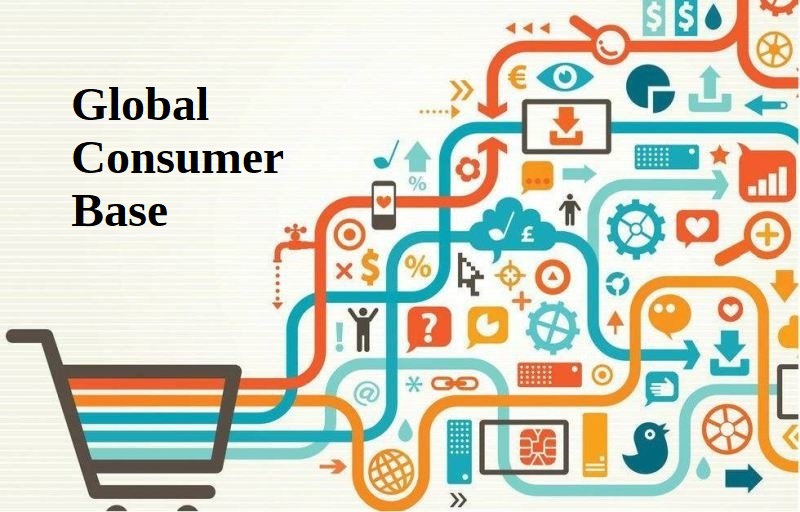
Global eCommerce is selling products across geopolitical borders. As per the recent updates, the cumulative date anticipates a 276.9% increase in worldwide e-commerce sales.
It is found that a large number of online shoppers are looking to buy outside of their country’s borders.
To increase your sales abroad, you have to analyze the outside market through platforms like online advertising or social media abroad. For this, you will need to approach Google Ads, Facebook, Instagram, and Product Listing Ads through geographic targeting.
Through this global nature of the search, the local companies can reach their international audience to sell their products.
Competition in Digital Advertising
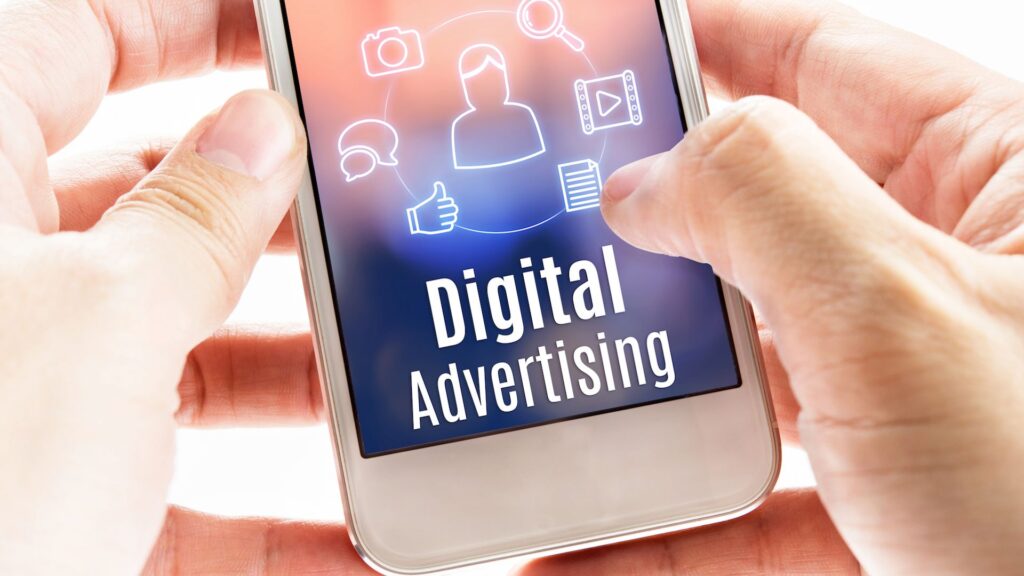
Digital advertising has become the leading form of advertising in most of the OECD (Organisation for Economic Co-operation and Development) countries.
The increased use of the internet and mobile phones has raised the level of digital advertising. Due to the developments in artificial intelligence and some other aspects, it is now possible to get the targeted audiences through low-cost digital advertising.
More companies are progressing to continue a large investment in a digital advertisement in 2021.
Mobile Payments
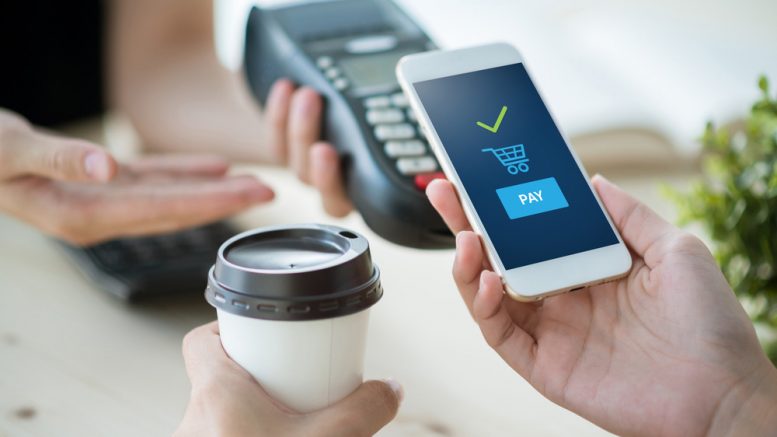
Mobile payments have become an easy and convenient way of digital payments for both retailers and consumers. It is one of the topmost advanced technologies which is gradually increasing the rate of sales in e-commerce. It is now becoming an essential part of any online shopping platform to add their consumers’ online payment method.
At the time of the pandemic, people used to transact using mobile payment methods as there was a risk of getting exposed to the coronavirus.
In 2021, we can expect that more eCommerce businesses are going to accept mobile payment methods.
Videos & Interactive Content
Videos are one of the significant aspects of the online business world. 7 out of 10 people react positively after watching a well informative and appropriate video. Across the world, 80 % of millennials use videos to decide on purchasing an online product.
Interactive videos can be used anywhere in the market like YouTube, Instagram, Facebook, etc.
Shoppable videos are the new frontier in the e-commerce world. Consumers can directly purchase the product through Pop-up or Swipe up features on videos added on various social media platforms.
The shoppable videos can be used by any kind of e-commerce space like fashion, beauty, technology brands.
It Will Be an Influencers’ Era
In 2020 it was expected that the influencer marketing industry would reach $9.7B according to Influencer Marketing Hub. The pandemic had disrupted the influencers’ marketing industry in 2020 but still, 88.5% of marketers consider influencer marketing to be valuable.
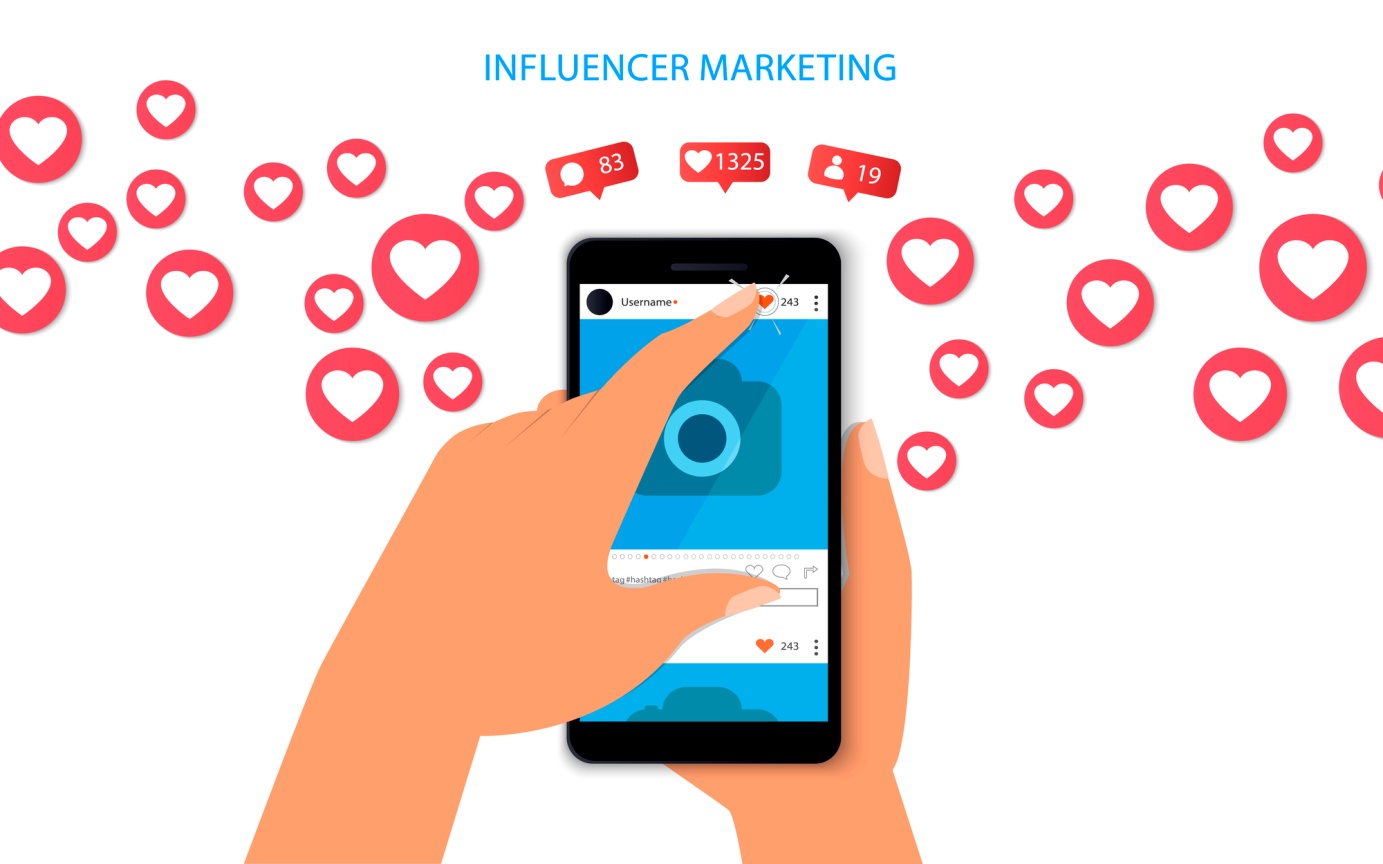
Influencers can help you to ensure the success of your product by lending their authority.
If your brand has a content problem, an influencer can market your product worldwide with their content.
In 2021, we will witness a large number of content creators and influencers selling the product and services of all varied kinds. There will be a rise and prominence of commerce-led influencer marketing to drive a relatable conversion.
I’ve worked with the team at Andolasoft on multiple websites. They are professional, responsive, & easy to work with. I’ve had great experiences & would recommend their services to anyone.
Ruthie Miller, Sr. Mktg. Specialist
Salesforce, Houston, Texas

So, here’s how to take advantage of an influencer to increase your product sales –
- Find out the influencers of your niche and get them to help you out to create content for your e-commerce business.
- You can help influencers to increase their audience and in return, they will also help you out in your promotional activities.
- Set them free to choose the platforms where they can market your product.
Conclusion
Be ready with all these trends in 2021 to boost your brand’s performance and value.
It will be important to know the potential of your product and add-ons to attract the audience.
Brands need to optimize their website and app as per customer reviews. It will be helpful to build a strong customer relationship with the brand.
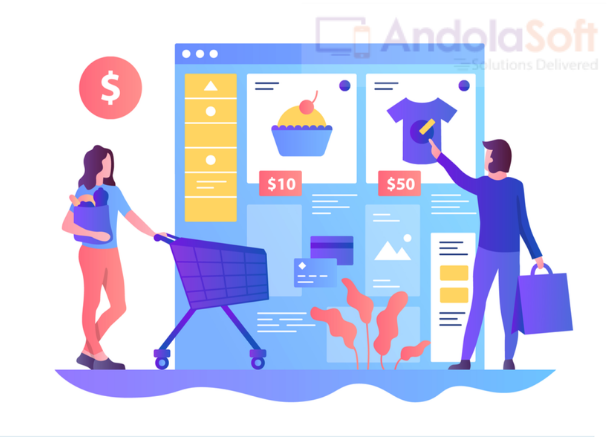
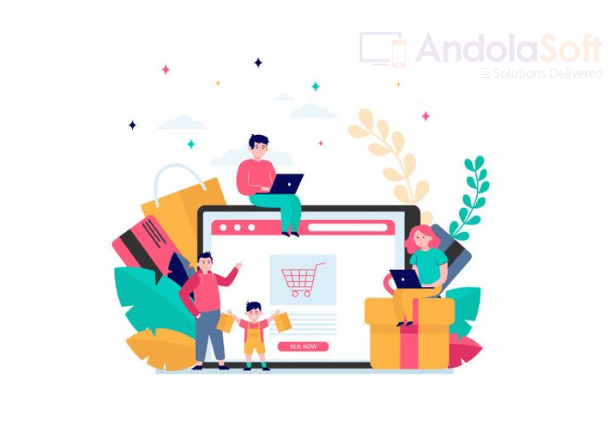


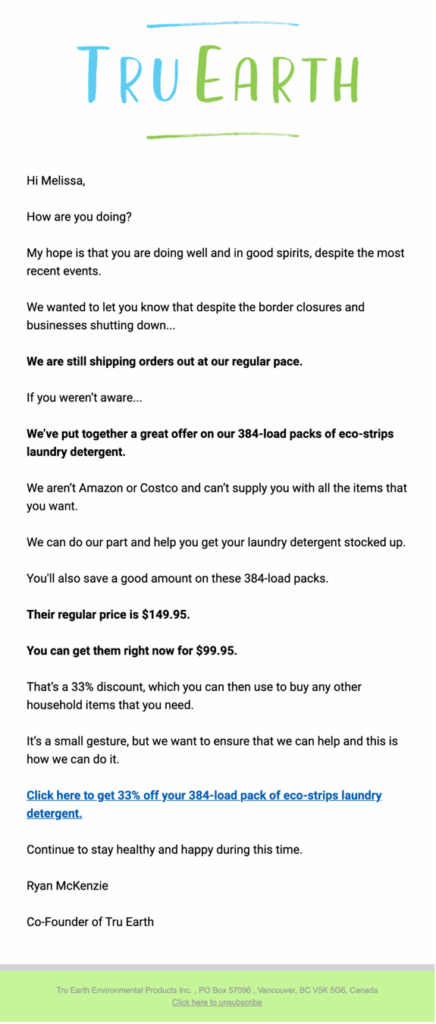
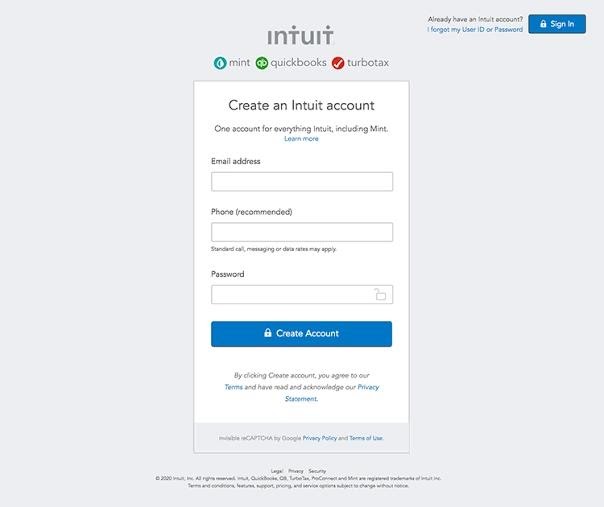
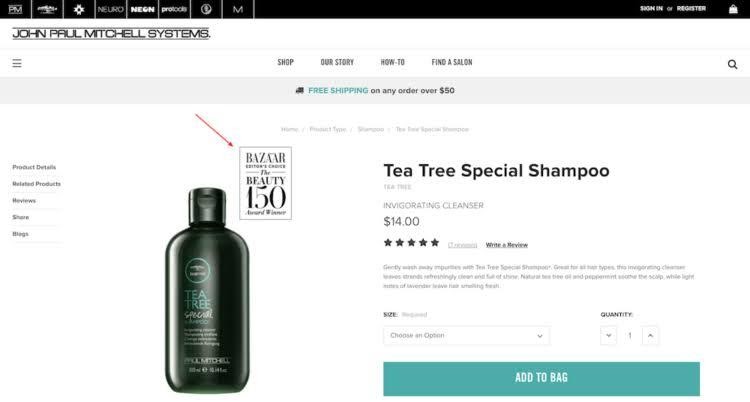

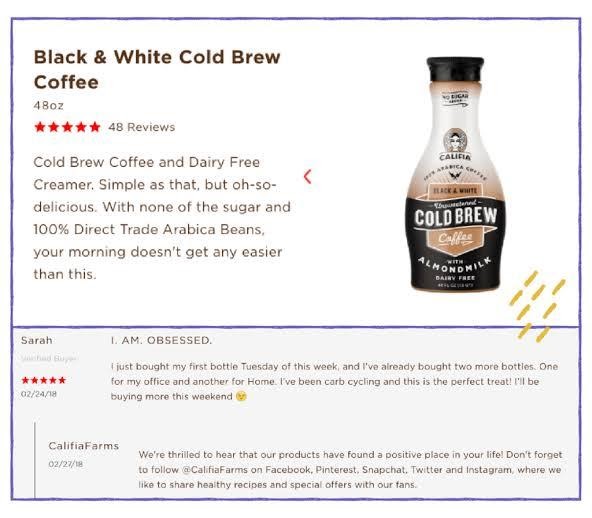

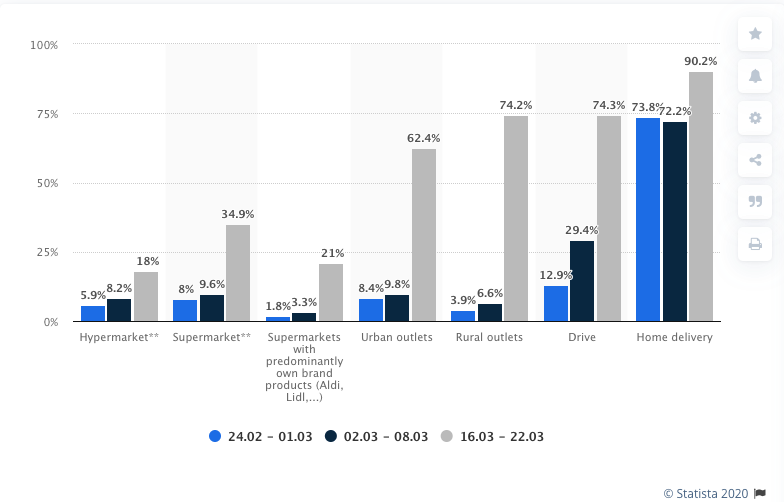


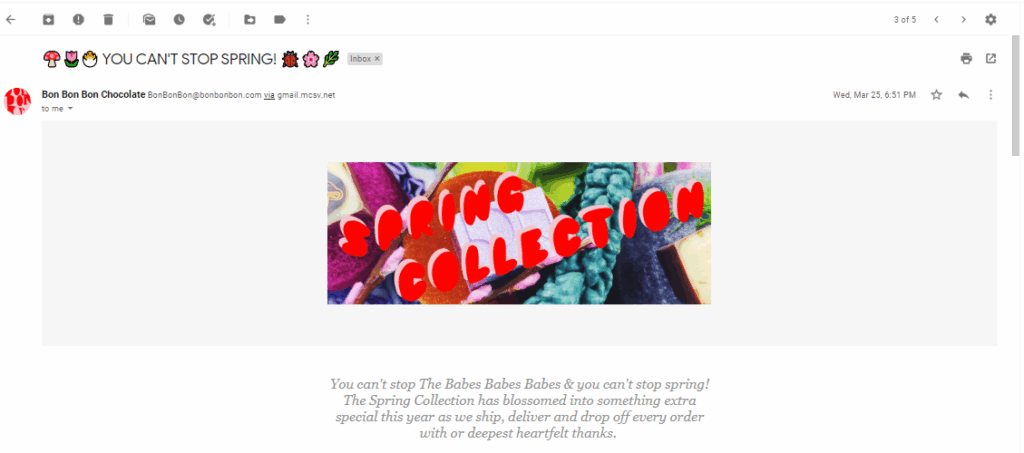
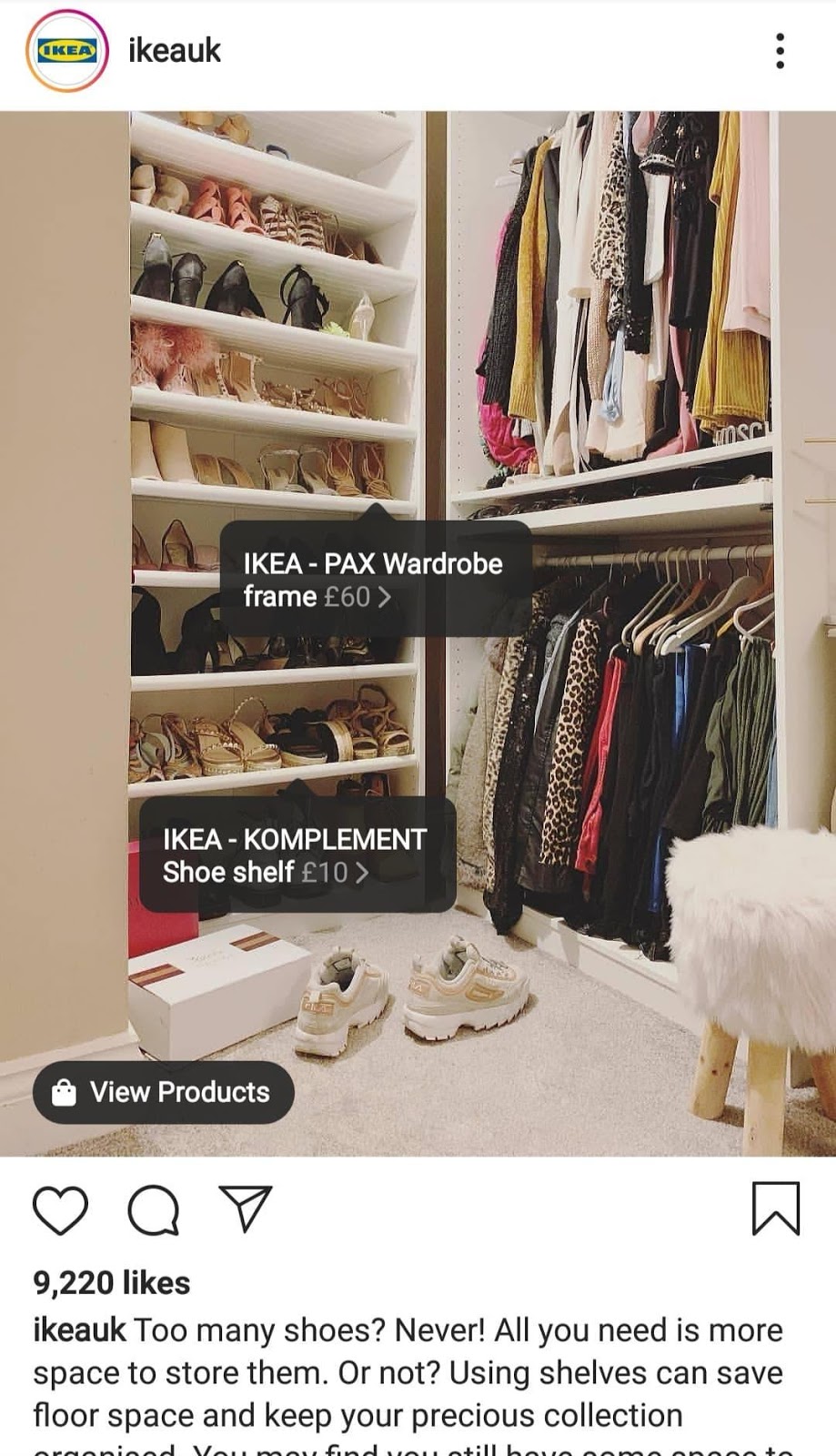


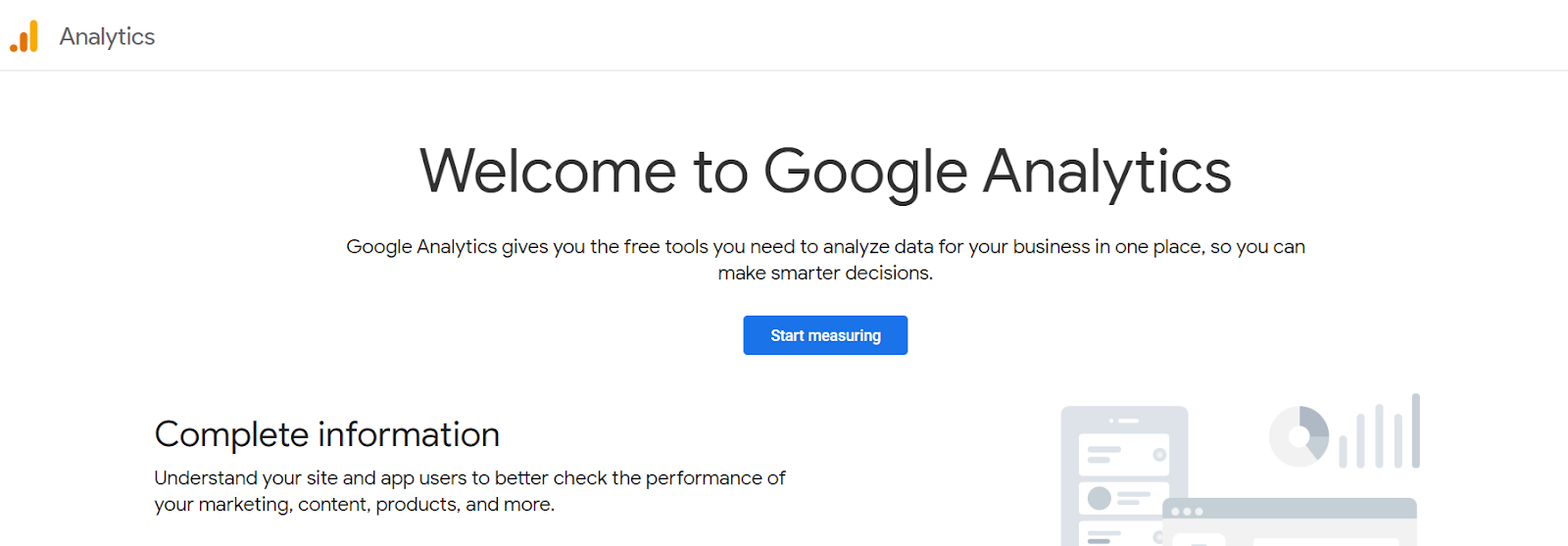 Image Source:
Image Source: 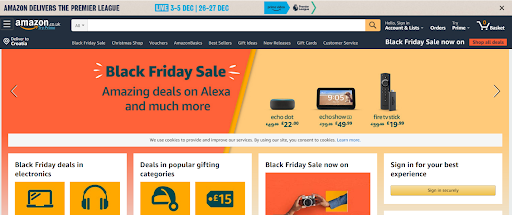 Image Source:
Image Source: 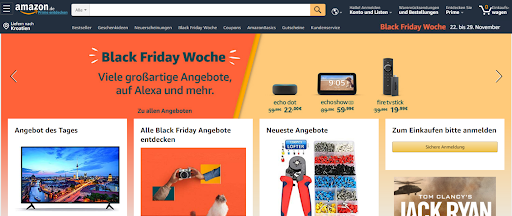 Image Source:
Image Source: 